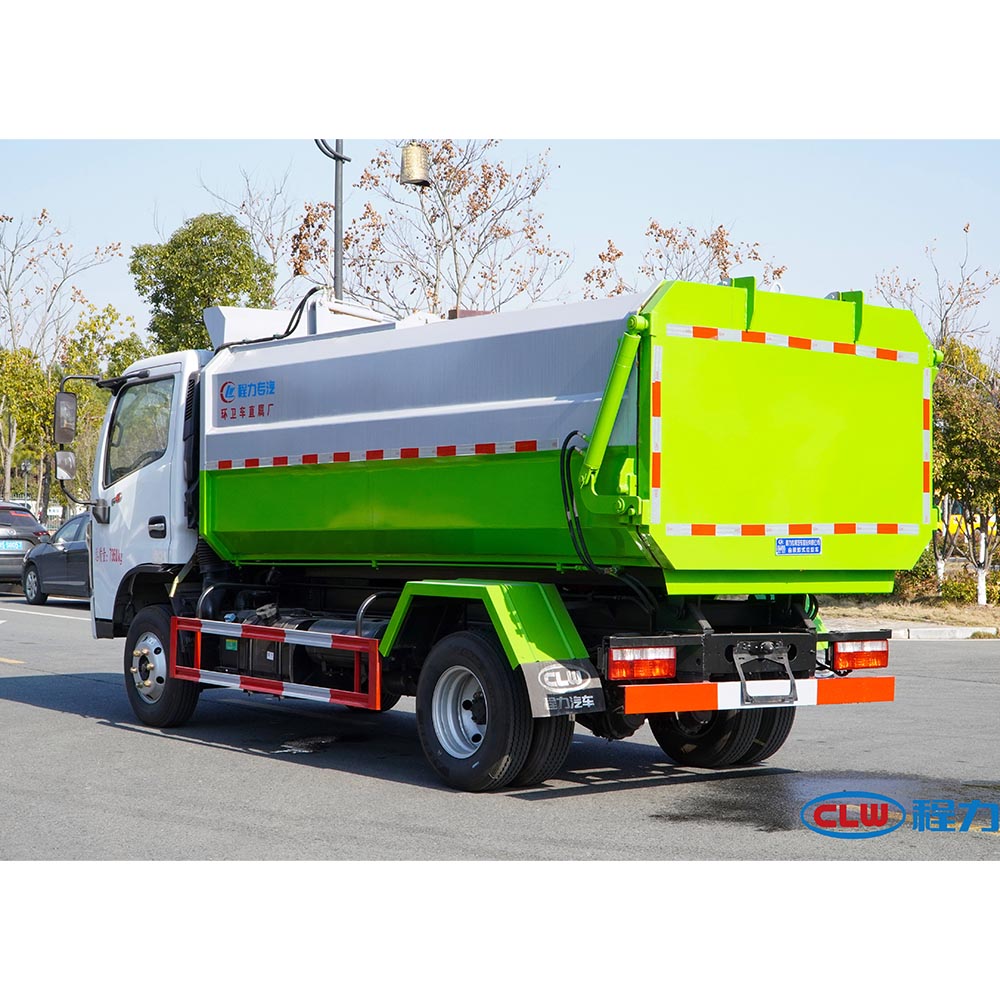Cost 1: Fuel and Maintenance
Traditional diesel trucks have high fuel and maintenance costs. Electric trams offer significant savings.

Food waste is a big problem. In the US, we waste 120 billion pounds of food each year. That’s 348 pounds for each person! Let’s look at the hidden costs of old food waste trucks and see how trams can help fix these issues.
Traditional trucks that pick up food waste use a lot of fuel. They need diesel to run. This costs more and more each year.
| Cost Factor | Traditional Trucks | Tram Solution |
|---|---|---|
| Fuel Costs | 30-40% higher than electric options | 60% lower fuel costs |
| Maintenance | Frequent repairs needed | 50% less maintenance required |
| Downtime | 25% of operation time lost | Minimal service interruptions |
Trams run on electricity instead of diesel. This cuts fuel costs by 60%. They also break down less, saving 50% on fixing costs.
Fleet companies are using smart tools to find problems before they happen. This keeps trucks working better. But trams still win because they have fewer moving parts to break.
Traditional diesel trucks have high fuel and maintenance costs. Electric trams offer significant savings.
Truck: High Costs
Tram: Lower Costs
Diesel trucks emit harmful greenhouse gases. Trams, especially when powered by renewable energy, are far cleaner.
Truck: High Emissions
Tram: Low/Zero Emissions
Inefficient truck routes lead to delays and increased spoilage. Trams operate on fixed, predictable schedules.
Truck: Less Efficient
Tram: More Efficient
Non-compliance with food waste regulations can result in significant fines. Trams, with integrated tracking, ensure compliance.
Truck: Risk of Fines
Tram: Compliance Assured
Traditional systems struggle to recover valuable resources from food waste. Trams enable efficient transport to processing facilities.
Truck: Lost Revenue
Tram: Revenue Recovery
Food waste makes up 10% of all greenhouse gases in the world. When we use diesel trucks to move this waste, we make the problem worse.
Traditional trucks make our air dirty. They put out carbon dioxide and other bad gases.
Trams, on the other hand, make zero emissions when they run on clean power. They help meet the US goal to cut food waste by 50% by 2030.
If we replaced all food waste trucks with trams, it would be like taking 2.7 billion cars off the road!
Check out our Zero-Emission Street Cleaning: Chengli Electric Sweeper for another eco-friendly solution.
Food waste trucks often take too long to collect waste. They get stuck in traffic and follow bad routes. This makes food sit longer and rot more.
| Issue | Traditional Trucks | Tram Solution |
|---|---|---|
| Route Efficiency | Poor routes increase spoilage 15-20% | Fixed routes cut spoilage by 40% |
| Transport Costs | Rose 18% between 2017-2022 | Stable operating costs |
| Collection Time | Variable and unpredictable | Consistent schedule |
Trams follow the same track every time. They don’t get stuck in traffic. This means food waste gets picked up on time, every time.
AI systems help make tram routes better. They cut spoilage by 40%, compared to trucks.
New laws about food waste are coming. By 2025, many places will have strict rules. If you don’t follow them, you’ll pay fines of $10,000 to $50,000.
Traditional trucks often can’t track waste well enough to show they follow the rules.
Trams can connect to waste-tracking software. This makes it easy to show you’re following the law. Massachusetts saw a 22% drop in waste after making new rules.
For more efficient waste management, see our Compression Garbage Truck – Key Features & Specs.
Did you know 30-50% of food waste could still be used? This waste is worth $2.6 trillion around the world!
Traditional trucks mix all waste together. This means good food often can’t be saved.
| Recovery Type | Traditional Trucks | Tram Solution |
|---|---|---|
| Food Donation | Only 6% of waste donated | Up to 35% can be redirected |
| Compost Value | Limited sorting capabilities | Bulk transport to processing centers |
| Revenue Potential | Minimal recovery | $18 billion opportunity identified |
Trams can carry more waste at once. They can take food to special places that sort it. Good food goes to food banks, and the rest makes compost.
Learn about efficient waste handling with our 22 Cubic Meter Rear Loading Garbage Truck.
Some cities are already using tram systems for waste. Here’s what they found:
By 2025, we’ll see more cities using trams for food waste. They will use:
The refuse hauler market will grow to $5.8 billion by 2030. Companies that switch to trams now will be ahead.
Traditional food waste trucks have five big hidden costs:
Trams solve these problems by:
It’s time to think about how we move food waste. Trams are the future.